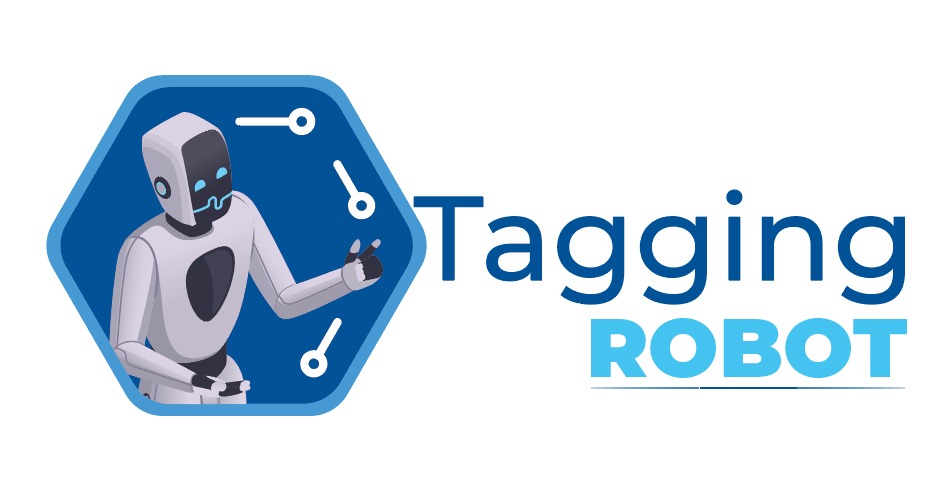In an era where technology advances at a breakneck pace, navigation has evolved far beyond traditional maps and compasses. The advent of GPS (Global Positioning System) technology marked a significant milestone, providing users with unprecedented ease and accuracy in finding their way. However, the latest innovation, termed “Instanavigation,” is set to revolutionize real-time wayfinding even further.
What is Instanavigation?
Instanavigation is a cutting-edge navigation technology that combines real-time data processing, augmented reality (AR), and artificial intelligence (AI) to offer seamless and instantaneous route guidance. Unlike traditional navigation systems that rely heavily on pre-loaded maps and periodic updates, Instanavigation integrates live data streams from various sources, ensuring the most up-to-date and contextually relevant navigation assistance.
Key Features of Instanavigation
- Real-Time Data Integration: Instanavigation systems are designed to aggregate and process data from multiple sources, including traffic sensors, satellite imagery, social media updates, and user-generated reports. This integration allows for dynamic route adjustments based on current traffic conditions, road closures, and other situational changes.
- Augmented Reality: By leveraging AR technology, Instanavigation provides users with an immersive navigation experience. Instead of following a traditional map interface, users can view their surroundings through their device’s camera, with overlaid directions and points of interest (POIs). This feature enhances situational awareness and makes navigation more intuitive, particularly in complex urban environments.
- Artificial Intelligence: AI algorithms play a crucial role in Instanavigation by analyzing patterns and predicting potential issues. For example, the system can learn a user’s daily commuting habits and preferences, offering personalized route suggestions that account for past behaviors and preferences. Additionally, AI can detect and predict traffic jams or accidents, proactively suggesting alternative routes.
- Voice-Activated Assistance: Instanavigation includes advanced voice recognition and response capabilities, allowing users to interact with the system hands-free. This feature is particularly beneficial for drivers, as it enhances safety by reducing the need to look at or touch their devices.
- Multi-Modal Navigation: Instanavigation supports various modes of transportation, including driving, walking, cycling, and public transit. The system can seamlessly switch between modes, providing optimal routes and real-time updates for each. For instance, if a user needs to drive to a train station and then walk to their final destination, Instanavigation will provide a continuous, integrated route plan.
Applications of Instanavigation
- Urban Mobility: In densely populated cities, Instanavigation can significantly reduce congestion and improve traffic flow. By providing real-time traffic updates and alternate route suggestions, it helps drivers avoid delays and reach their destinations more efficiently.
- Emergency Services: For emergency responders, every second counts. Instanavigation can aid in finding the quickest and safest routes to incident sites, considering factors such as road closures, traffic, and construction work.
- Tourism: Tourists exploring new cities can benefit from Instanavigation’s AR feature, which highlights landmarks, restaurants, and other attractions directly on their device’s screen. This interactive guide enhances the travel experience and helps visitors navigate unfamiliar areas with ease.
- Logistics and Delivery: Logistics companies can optimize their delivery routes using Instanavigation, ensuring timely deliveries and efficient fuel use. The technology can dynamically reroute drivers in response to traffic changes, road conditions, and delivery priorities.
Future Prospects
The potential of Instanavigation is vast, and its development is likely to spur further innovations in the navigation and transportation sectors. Future enhancements could include deeper integration with smart city infrastructure, more sophisticated AI-driven predictive capabilities, and expanded AR functionalities. Additionally, as autonomous vehicles become more prevalent, Instanavigation will play a pivotal role in ensuring these vehicles can navigate complex environments safely and efficiently.
Conclusion
Instanavigation represents the next leap forward in navigation technology, offering real-time, intelligent, and interactive guidance to users. By merging the latest advancements in data processing, AR, and AI, it provides a holistic solution to modern wayfinding challenges. As this technology continues to evolve, it promises to transform how we navigate our world, making travel safer, more efficient, and more enjoyable.
Instanavigation is not just a tool for getting from point A to point B; it is a comprehensive system designed to enhance every aspect of our mobility, reflecting the true potential of our digital age.
FAQS About Instanavigation
What is Instanavigation?
Instanavigation is an advanced navigation system that integrates real-time data, augmented reality (AR), and artificial intelligence (AI) to provide seamless and instantaneous route guidance. It offers dynamic route adjustments based on live traffic conditions, road closures, and other real-time factors.
Also Read: 127.0.0.1:62893: A Comprehensive Review
How does Instanavigation work?
Instanavigation aggregates data from multiple sources, including traffic sensors, satellite imagery, social media, and user reports. It processes this data in real-time to provide accurate and up-to-date navigation assistance. AR overlays directions and points of interest onto the real world, while AI algorithms offer personalized route suggestions and predict potential issues.
What devices support Instanavigation?
Instanavigation is designed to work on a variety of devices, including smartphones, tablets, smart glasses, and in-car navigation systems. It is compatible with both iOS and Android platforms and can be integrated with existing navigation hardware in vehicles.
How is Instanavigation different from traditional GPS systems?
Traditional GPS systems rely on pre-loaded maps and periodic updates, while Instanavigation uses real-time data for dynamic routing. Instanavigation also incorporates AR for an immersive experience and AI for personalized and predictive navigation. This makes it more responsive to current conditions and user preferences.
What are the benefits of using Instanavigation?
- Real-Time Updates: Always have the most current information on traffic, road conditions, and closures.
- Augmented Reality: Navigate with enhanced visual cues overlaid on your device’s screen.
- AI Personalization: Receive route suggestions tailored to your habits and preferences.
- Safety: Hands-free, voice-activated assistance helps keep your focus on the road.
- Multi-Modal Support: Seamlessly switch between driving, walking, cycling, and public transit modes.
Can Instanavigation be used for all types of travel?
Yes, Instanavigation supports various modes of transportation, including driving, walking, cycling, and public transit. It can provide integrated route plans that accommodate multiple forms of travel within a single journey.
How does Instanavigation handle traffic and road closures?
Instanavigation continuously monitors real-time data from traffic sensors, satellite imagery, and user reports. When it detects traffic congestion or road closures, it dynamically reroutes users to avoid delays and ensure the quickest possible journey.
Is Instanavigation safe to use while driving?
Yes, Instanavigation includes advanced voice recognition and response capabilities, allowing for hands-free operation. This minimizes the need to look at or touch the device, enhancing safety for drivers.
How accurate is Instanavigation?
Instanavigation’s accuracy is enhanced by its ability to process and integrate data from multiple live sources. This continuous stream of updated information ensures that the navigation instructions are precise and reliable.
What is the cost of Instanavigation?
The cost of Instanavigation can vary depending on the provider and the level of service required. Some basic versions may be free with in-app purchases for premium features, while others might require a subscription. Check with your specific provider for detailed pricing information.
Can Instanavigation be used offline?
Instanavigation primarily relies on real-time data, which requires an internet connection. However, some features may be available offline, such as pre-loaded maps and basic routing. For full functionality, including live traffic updates and dynamic rerouting, an internet connection is necessary.
How can I get Instanavigation?
Instanavigation can be downloaded from app stores on your smartphone or tablet. For in-car systems, it might come pre-installed or be available as an update from your vehicle’s manufacturer. Check your device’s app store or your vehicle’s navigation settings for availability.
How is my data used by Instanavigation?
Instanavigation collects data to provide real-time updates and personalized route suggestions. Most providers use this data anonymously and aggregate it to improve system accuracy and performance. Always review the privacy policy of your Instanavigation provider to understand how your data is used and protected.
Can Instanavigation be integrated with other apps?
Yes, Instanavigation can often be integrated with other applications, such as calendar apps, to provide route suggestions based on your schedule. It can also work with smart home systems and personal assistants like Alexa or Google Assistant for a more integrated user experience.
Who can I contact for support with Instanavigation?
For support, you can contact the customer service team of your Instanavigation provider. This information is usually available within the app or on the provider’s website. Many providers also offer in-app help centers and community forums for additional assistance.


Leave a Reply